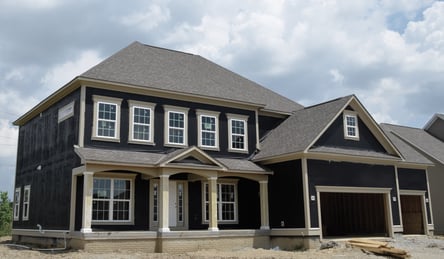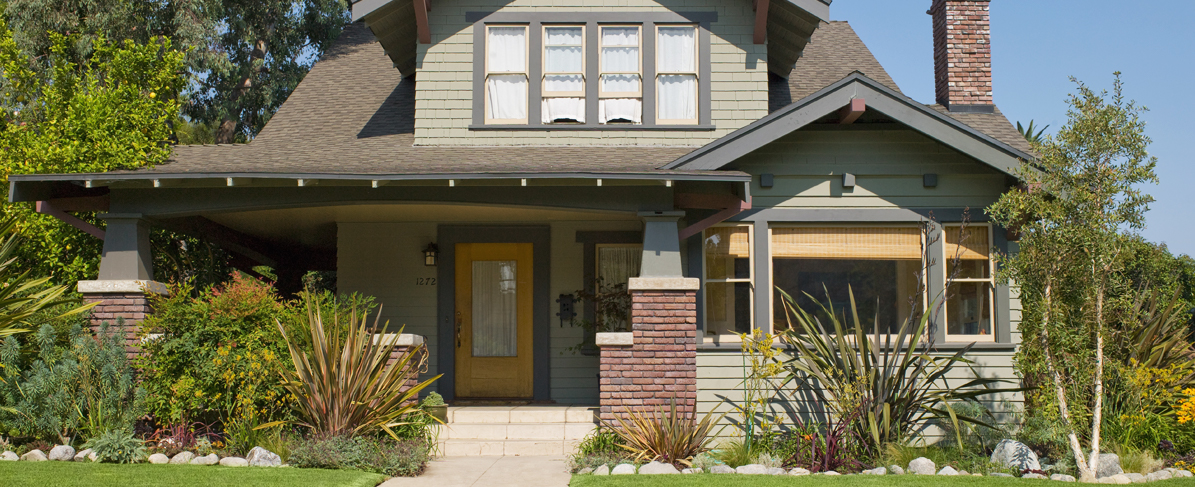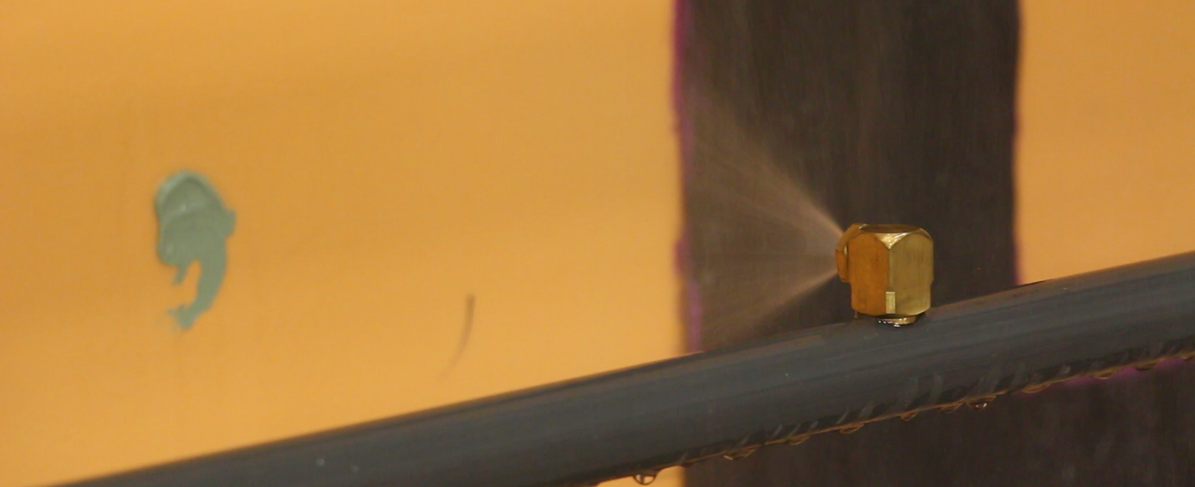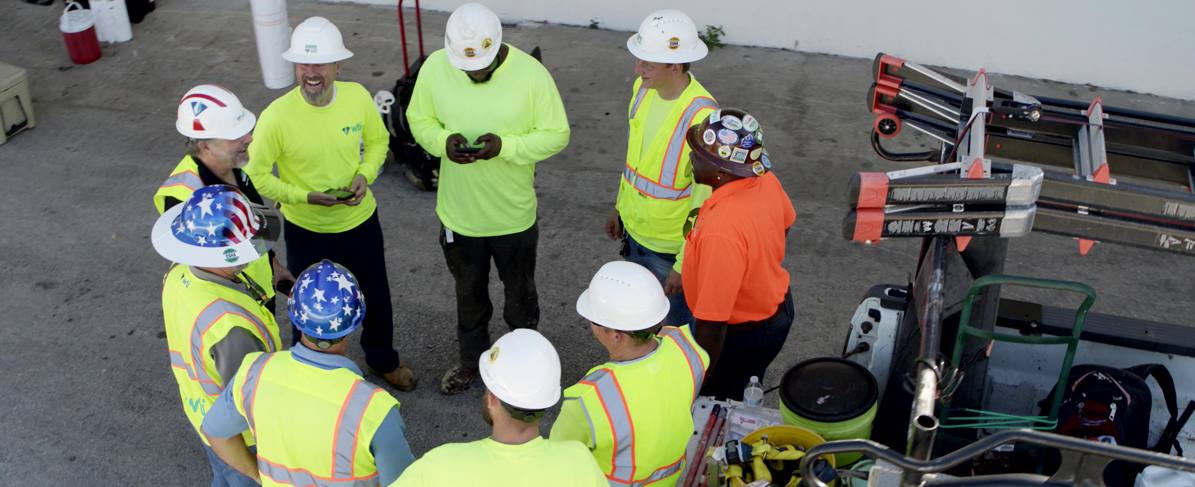Builders of high-quality homes aim to deliver airtight and energy efficient homes to their customers. But occupant comfort and energy savings are by-products of more than a home’s heating and cooling systems. Having a weather-tight building enclosure is a critical component when it comes to controlling a home’s interior environment.
Read on for three ways a builder can secure and protect the enclosure:
 Below-Grade Foundation Wall
Below-Grade Foundation Wall
The exterior basement wall is directly exposed to soil and cooler temperatures, making this space a complicated environment to regulate. Manage moisture intrusion concerns by applying a high-quality waterproofing membrane to the exterior of the basement wall and prevent heat loss by installing robust exterior fiberglass insulation on top of the waterproofing membrane. This powerful combination allows builders to offer as much as 100% more living space to buyers by creating a usable, well-conditioned basement. With less exposure to the effects of wind, temperature swings and precipitation, the basement space also requires less energy per square foot to heat and cool.
Above-Grade Foundation Wall
While still part of the home’s foundation, this area of the foundation wall sits above ground level and is often not treated by waterproofing but is as susceptible to shrinkage cracks and seepage as the below grade portion. To remedy this, continue the high-quality waterproofing membrane and fiberglass insulation all the way up to the sill plate, and finish with a spray-applied elastomeric coating to beautify and protect the insulation.
 Above-Grade Sheathing
Above-Grade Sheathing
The average 2,250-square-foot home has over 2,700 square feet of sheathing, representing the home’s largest single surface area needing protection from the elements. Preventing air and moisture intrusion from the outside is critical to the overall performance of the home on the inside. A fluid-applied weather-resistant barrier system controls rain, water vapor and air flow at the exterior surface of the home before it gets inside wall cavities, where it can lead to stress on the HVAC system, structural deterioration, interior damage and mold growth.
Incorporating these simple and proven methods to your building practices will benefit you and your homeowners. Reap the double benefit of increasing the efficiencies of the HVAC and insulation systems as well as providing a drier, more cost-effective and reliable home your buyers will appreciate for years to come.
For more information on how to effectively reduce air infiltration in residential construction, watch this educational video!






